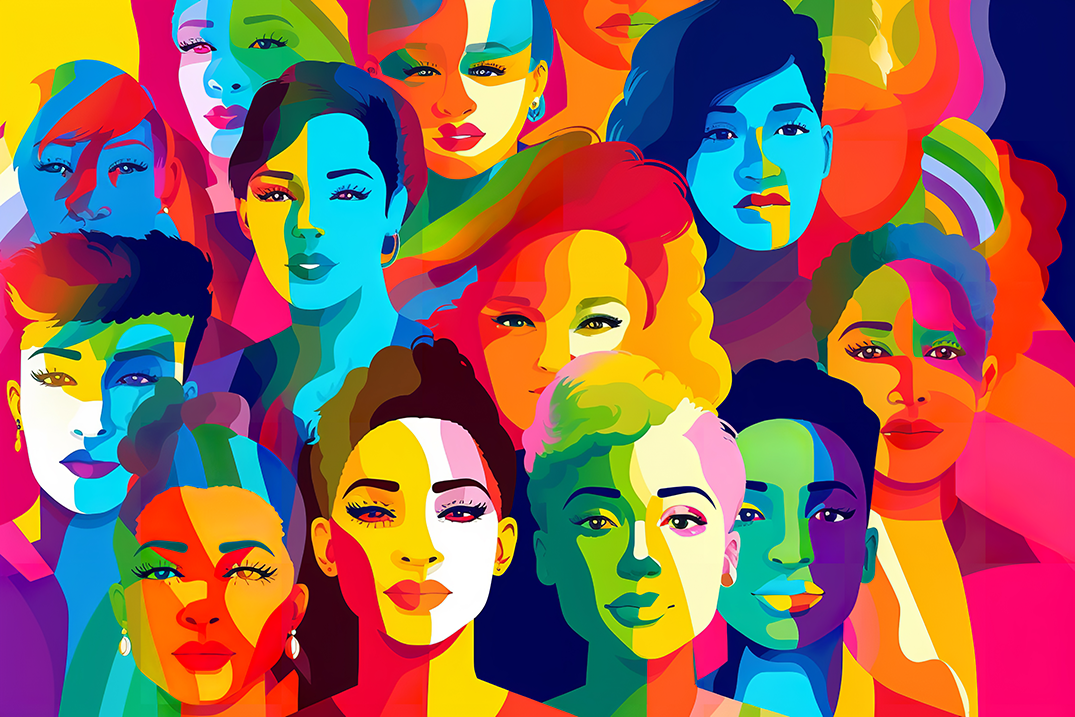The Inclusive Path to Better Results.
In our previous blog, we explored how the combination of male and female traits can lead to better results through their complementary nature. However, it is crucial to recognize that the discussion on gender diversity extends beyond the binary framework of male and female. The inclusion of non-binary genders in this conversation adds a new layer of richness and perspectives that further enhance collaboration and outcomes. In this article, we will reflect on the importance of acknowledging non-binary gender identities and how they contribute to a more inclusive and productive environment.
Expanding Perspectives
Non-binary individuals, who identify outside the traditional male and female spectrum, offer unique perspectives that challenge and broaden traditional gender norms. By embracing these diverse perspectives, teams can benefit from a wider range of ideas, experiences, and approaches to problem-solving. Including non-binary individuals in the discussion adds depth and complexity to the collective understanding, leading to more innovative and inclusive outcomes.
Breaking Stereotypes
Gender stereotypes and biases can hinder progress and limit opportunities for individuals to contribute their full potential. Recognizing and embracing non-binary gender identities helps break down these stereotypes, creating a more inclusive and supportive environment for everyone. By challenging societal expectations and norms, teams can foster an atmosphere of acceptance and empower individuals to express themselves authentically, resulting in greater creativity, collaboration, and overall team satisfaction.
Diverse Skill Sets
Like individuals of any gender, non-binary individuals possess diverse skill sets that contribute to team dynamics. By acknowledging and valuing these unique strengths, organizations can create opportunities for non-binary individuals to thrive and make meaningful contributions. Non-binary individuals often bring a fresh perspective to the table, challenging conventional thinking and introducing innovative ideas. Their inclusion in teams facilitates a more holistic approach to problem-solving and encourages the exploration of alternative paths to success.
Inclusive Leadership
Inclusive leadership is not limited to binary gender roles. Leaders who embrace non-binary identities can foster an environment where all team members feel seen, valued, and empowered. By understanding and respecting the diversity of gender identities, leaders can nurture an inclusive culture that encourages participation, collaboration, and personal growth for everyone. Inclusive leadership that encompasses non-binary perspectives amplifies the collective intelligence of the team and drives better results.
Creating Safe Spaces
Recognizing and respecting non-binary gender identities is essential in creating safe spaces where individuals can bring their whole selves to work. By implementing policies and practices that acknowledge diverse gender identities, organizations can foster a sense of belonging and psychological safety. Such an environment encourages open dialogue, honest communication, and trust, enabling individuals of all gender identities to fully engage and contribute their unique talents.
Conclusion
As we reflect on the synergy of male and female traits and their positive impact on outcomes, it is crucial to extend this discussion to embrace non-binary gender identities. By recognizing, valuing, and including non-binary individuals, we create a more inclusive and diverse environment that enhances collaboration, innovation, and overall success. Embracing gender diversity beyond the binary framework fosters a more comprehensive understanding of complex issues, challenges gender norms, and promotes equal opportunities for all. It is through this inclusive lens that we can truly unleash the collective potential of individuals, organizations, and society as a whole.

